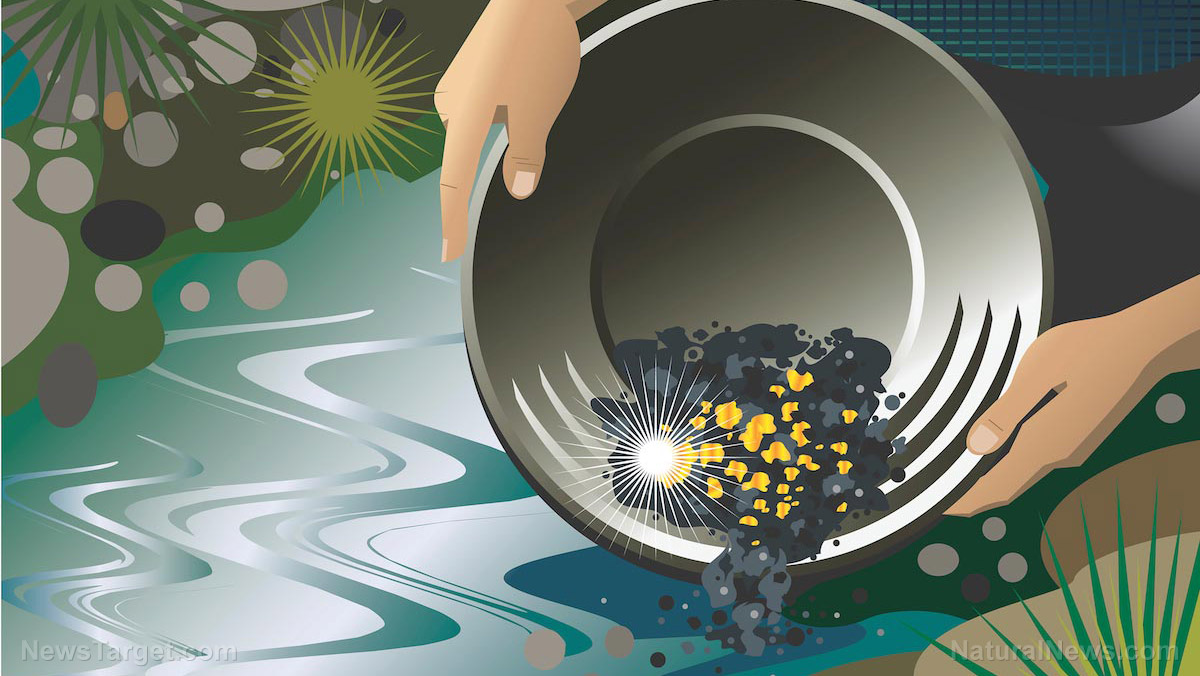Electric vehicles performed WORSE in EPA estimates than gas-powered cars: The EV push is a RIGGED SCAM
04/24/2023 / By Ethan Huff

In case you have not figured it out yet, the entire electric vehicle (EV) industry is a scam built on lies and fraud. And this was just confirmed by SAE International using real-world highway test data provided by Car and Driver.
Testing director Dave VanderWerp showed proof that EVs routinely perform far worse than their claimed EPA highway fuel economy numbers – while gas-powered internal combustion engine vehicles, by comparison, perform equal to or even greater than their advertised EPA highway fuel economy numbers.
The paper compares the EPA fuel economy and range estimates provided by vehicle manufacturers to that of Car and Driver‘s real-world highway tests, this being a gold standard benchmark for measuring true fuel economy.
“Basically, we’ve taken a look at how vehicles perform relative to the values on the window sticker, looking at the difference between what the label says and what we actually see in our real-world highway test,” VanderWerp explained during a presentation at SAE International’s annual WCX conference.
“We see a big difference in that gap between gas-powered vehicles and the performance of EVs. The real question is: When first-time customers are buying EVs, are they going to be pleasantly surprised or disappointed by the range?”
(Related: Learn more about why EVs are a scam in our earlier coverage.)
Buyer beware: EVs are not all they’re cracked up to be
In its 75-mph highway test, Car and Driver evaluated more than 350 internal combustion vehicles, which averaged 4.0 percent better fuel economy than what was stated on their labels. By comparison, the average range for an EV was 12.5 percent worse than the price sticker numbers.
What this means is that gas-powered vehicles perform equal to or better than their advertised performance while EVs are the opposite. In truth, EVs really are a scam in every sense of the word, and consumers who purchase them are being ripped off while they pretend to help the planet.
According to Car and Driver, the reason why EVs routinely fail to match expectations is because of how their manufacturers manipulatively calculate range.
“While separate city and highway range figures are computed behind closed doors, only a combined number is presented to consumers,” Car and Driver reports. “The combined rating is weighted 55 percent in favor of the city figure, where EVs typically perform better.”
“This inflates the range estimates, making it harder to match in real-world highway driving. The paper proposes publishing both city and highway range figures – as with fuel-economy estimates for gas-powered vehicles – to give shoppers a more holistic sense of a vehicle’s abilities.”
To be fair, the Environmental Protection Agency’s (EPA) highway cycle test is different from the Car and Driver 75-mph test. The former shows slightly better results for EVs than the latter, but the fact remains that EVs are being falsely advertised on paper as delivering much better performance than they actually do in the real world.
“There’s a balance,” VanderWerp says. “The marketing team wants to tout a big range number, but to customers you want to be conservative.”
VanderWerp’s paper recommends that the EPA shift the reduction factor in its test closer to 0.6, which in laymen’s terms basically means to adjust the measurements for highway versus city street travel, the latter of which tends to show better figures for EVs.
“Every automaker could aggressively use the five-cycle test and get a better reduction factor, but then more people end up being disappointed in the numbers. They should all be tested the same, and it should be closer to the real world than it is now.”
More of the latest news about EVs can be found at GreenTyranny.news.
Sources for this article include:
Submit a correction >>
Tagged Under:
deception, electric vehicle, Emissions, EPA, EV, false numbers, fraud, fuel economy, future tech, gas, green deal, green living, green scams, green tyranny, inventions, products, real investigations, scam, truth
This article may contain statements that reflect the opinion of the author
RECENT NEWS & ARTICLES
COPYRIGHT © 2017 INVENTIONS NEWS
















